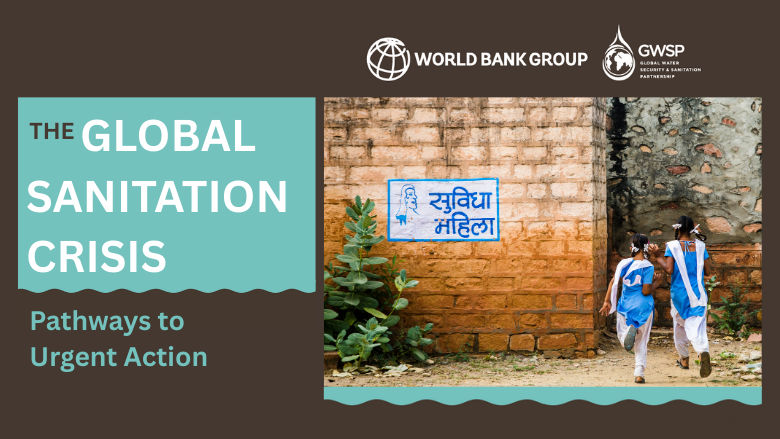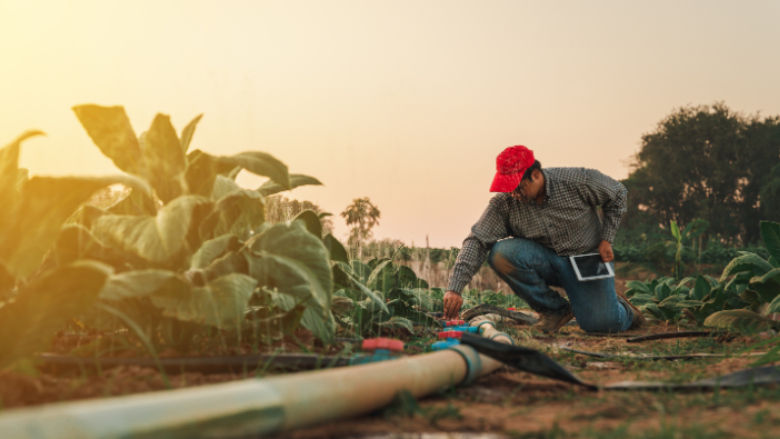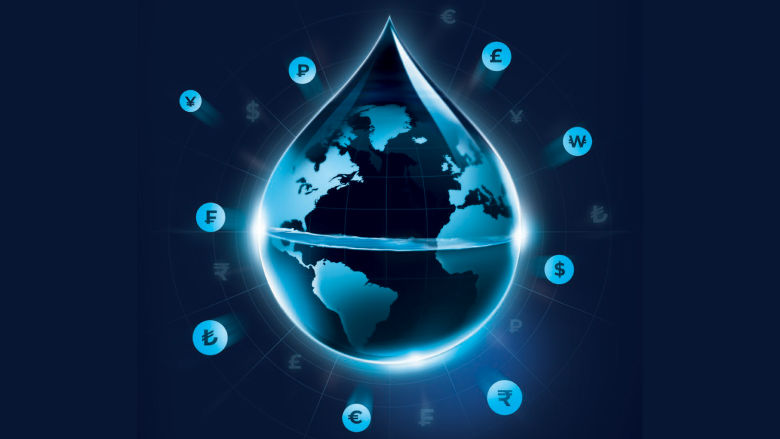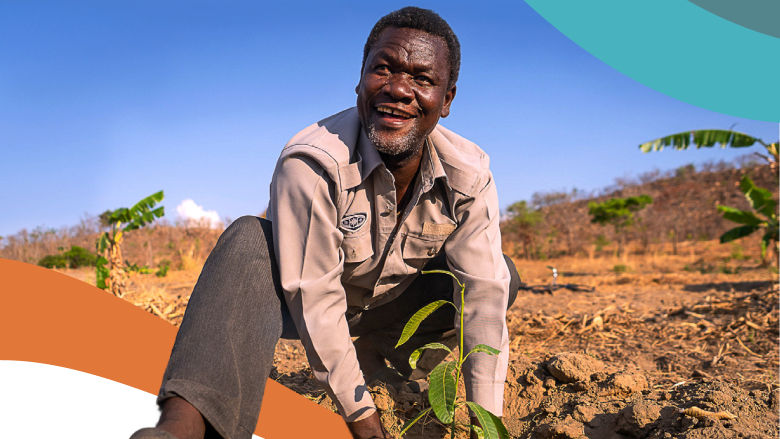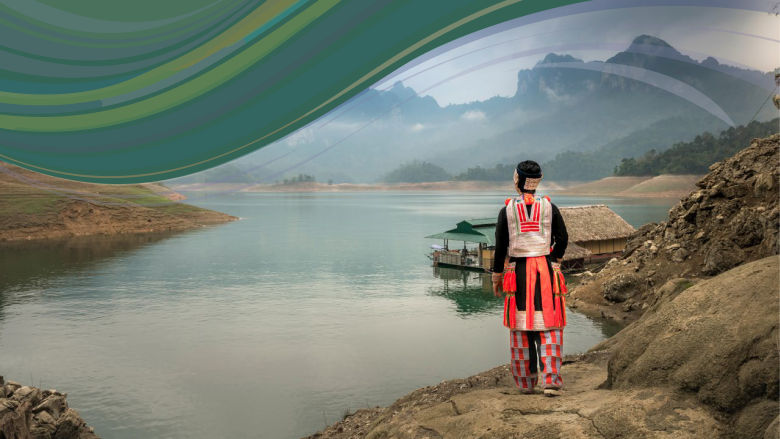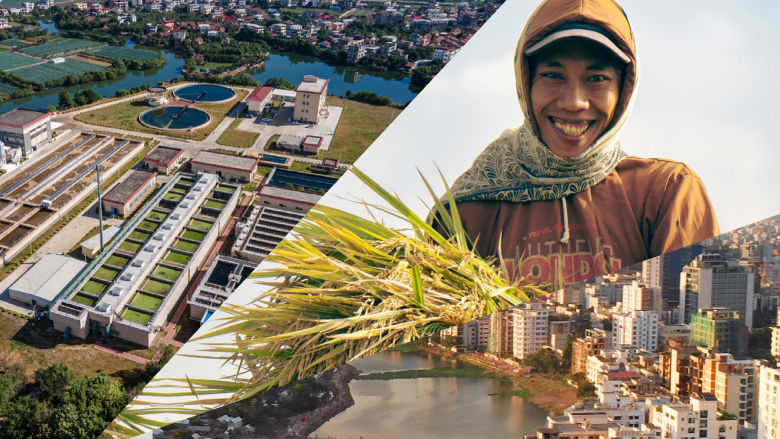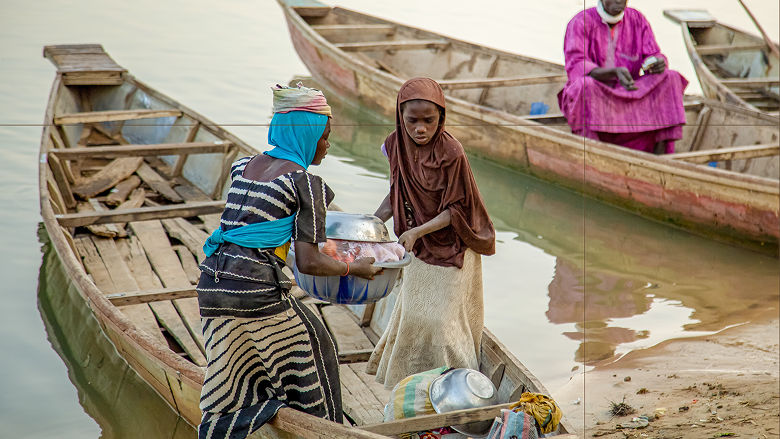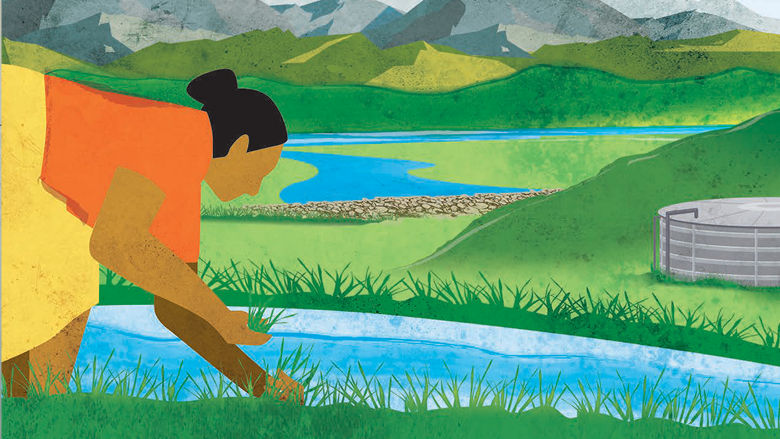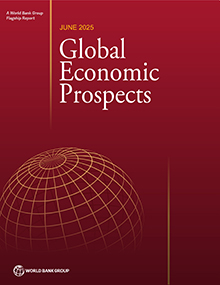Explore a comprehensive archive of hundreds of analytical pieces from the biannual Global Economic Prospects report, organized by economic subject matter. Spanning reports from 2015 to the present, this feature provides direct access to in-depth analyses on growth and business cycles, monetary and exchange rate policies, fiscal policies, and more—offering a valuable resource for researchers, policymakers, and analysts.
Featured
The world is facing a dangerous decline in freshwater availability. This persistent freshwater loss—known as continental drying— is disrupting jobs, incomes, and ecosystems. In Sub-Saharan Africa, droughts leave 600,000 to 900,000 people without jobs each year. Global water use increased by 25% from 2000 to 2019, with nearly half of this increase in regions already drying out. Poor water management and land-use —including deforestation, wetland degradation, and excessive water use for irrigation—are accelerating water loss and weakening our ability to cope. By combining satellite data with economic and land-use information, this flagship report will offer new insight into where and why freshwater is disappearing and what can be done.
Urban sanitation systems are under strain. Nearly two in five people still lack access to safe sanitation, with serious consequences for health, education, and economic opportunity. Inadequate sanitation also contributes to water pollution, further reducing the availability of clean water for other uses. Investing in resilient urban sanitation can reverse this cycle. It protects health, creates jobs, supports economic growth, reduces pollution, and delivers cleaner, safer drinking water—cutting global methane emissions by up to 10 percent. This report offers practical steps for cities and countries to accelerate progress toward universal, climate-resilient sanitation.
Agriculture, the largest user of freshwater, is caught in a dangerous imbalance. Some regions are overexploiting water to maintain production, while others are underusing available resources due to lack of infrastructure or investment. This mismatch threatens both food security and environmental sustainability, and it leaves many countries vulnerable to shocks they are not prepared to absorb. As rainfall becomes more erratic, smart water management is no longer optional—it is essential for survival. This flagship report will present tailored and context-specific strategies to help countries manage water in agriculture more effectively—ensuring the world can feed 10 billion people sustainably by 2050.
Cities and industries are increasingly vulnerable to water insecurity, putting jobs, livelihoods, and economic growth at risk. However, around the world, the potential of water reuse remains largely untapped. Treated wastewater could become a reliable source of supply for cities and industries, easing pressure on freshwater systems and supporting more resilient service delivery. This report makes a compelling case for investing in the treatment and reuse of alternative water sources to create fit-for-purpose supplies for municipal and industrial needs—unlocking a sustainable, largely untapped source of new water.



